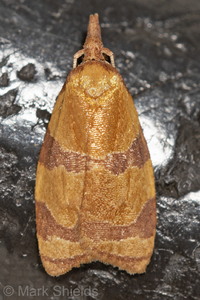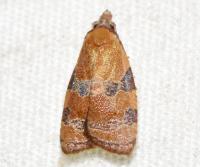
| Recorded by: David George, David Cheng, Patrick Coin on 2025-06-29
Richmond Co.
Comment: | 
| Recorded by: Mark Basinger on 2025-06-19
Brunswick Co.
Comment: |

| Recorded by: Mark Basinger on 2025-06-19
Brunswick Co.
Comment: | 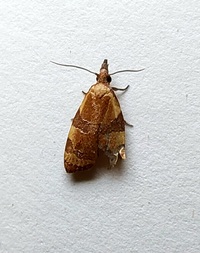
| Recorded by: Mark Basinger on 2025-06-14
Rowan Co.
Comment: |

| Recorded by: Mark Basinger on 2025-06-01
Brunswick Co.
Comment: | 
| Recorded by: Mark Basinger on 2025-05-31
Brunswick Co.
Comment: |
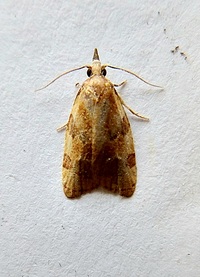
| Recorded by: Mark Basinger on 2025-05-16
Brunswick Co.
Comment: | 
| Recorded by: Mark Basinger on 2025-05-16
Brunswick Co.
Comment: |

| Recorded by: R. Newman on 2025-05-13
Carteret Co.
Comment: | 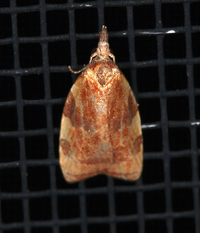
| Recorded by: Jim Petranka on 2024-07-09
Madison Co.
Comment: |
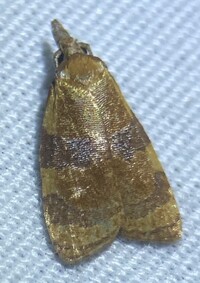
| Recorded by: Dean Furbish, Lior S. Carlson on 2024-06-18
Lincoln Co.
Comment: | 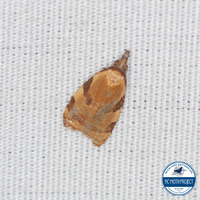
| Recorded by: Lior S. Carlson, Dean Furbish on 2024-06-17
Lincoln Co.
Comment: |

| Recorded by: R. Newman on 2024-06-16
Carteret Co.
Comment: | 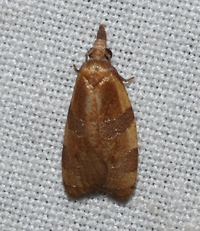
| Recorded by: David George, Steve Hall, Patrick Coin, Mark Basinger on 2024-06-16
Chatham Co.
Comment: |
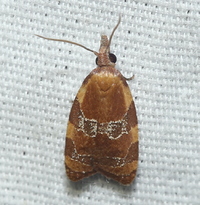
| Recorded by: David George, Jeff Niznik on 2024-06-10
Chatham Co.
Comment: | 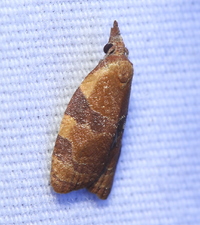
| Recorded by: David George, Jeff Niznik on 2024-06-01
Chatham Co.
Comment: |
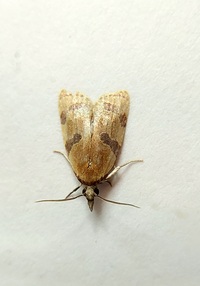
| Recorded by: Mark Basinger on 2024-05-27
Brunswick Co.
Comment: | 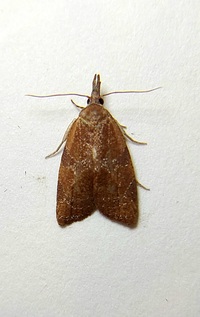
| Recorded by: Mark Basinger on 2024-05-26
Brunswick Co.
Comment: |

| Recorded by: Mark Basinger on 2024-05-25
Brunswick Co.
Comment: | 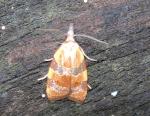
| Recorded by: R. Newman on 2024-05-24
Carteret Co.
Comment: |
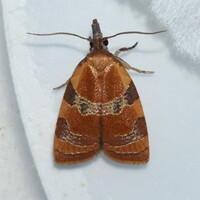
| Recorded by: Jeff Niznik, David George, Rich Teper on 2024-05-24
New Hanover Co.
Comment: | 
| Recorded by: R. Newman on 2024-05-12
Carteret Co.
Comment: |
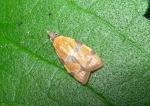
| Recorded by: R. Newman on 2024-05-10
Carteret Co.
Comment: | 
| Recorded by: Jeff Niznik, David George, Rich Teper on 2024-04-17
New Hanover Co.
Comment: |
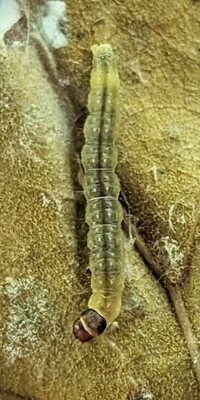
| Recorded by: Jeff Niznik, David George, Rich Teper on 2024-04-17
New Hanover Co.
Comment: in leaf tie on Turkey oak, Quercus laevis. Adult reared (2024-05-24) | 
| Recorded by: Jim Petranka on 2023-06-21
Madison Co.
Comment: |

| Recorded by: Jim Petranka on 2023-06-21
Madison Co.
Comment: | 
| Recorded by: Jeff Niznik on 2023-06-17
New Hanover Co.
Comment: |

| Recorded by: Simpson Eason on 2023-06-06
Durham Co.
Comment: | 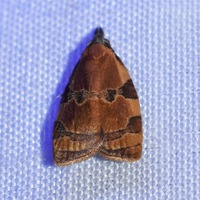
| Recorded by: David George, Jeff Niznik, Rich Teper, Erich Hofmann, Jesse Anderson on 2023-05-22
New Hanover Co.
Comment: |
|

 »
»